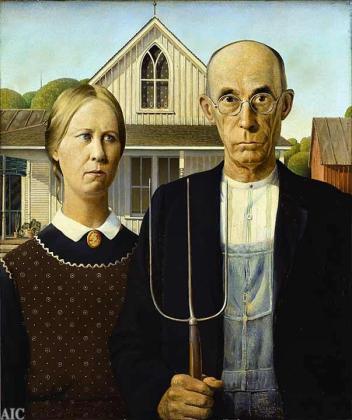 A brief history of marriage, by a gal who may have missed the boat: All the Single Ladies
A brief history of marriage, by a gal who may have missed the boat: All the Single Ladies
For thousands of years, marriage had been a primarily economic and political contract between two people, negotiated and policed by their families, church, and community. It took more than one person to make a farm or business thrive, and so a potential mate’s skills, resources, thrift, and industriousness were valued as highly as personality and attractiveness. This held true for all classes. In the American colonies, wealthy merchants entrusted business matters to their landlocked wives while off at sea, just as sailors, vulnerable to the unpredictability of seasonal employment, relied on their wives’ steady income as domestics in elite households. Two-income families were the norm.
Not until the 18th century did labor begin to be divided along a sharp line: wage-earning for the men and unpaid maintenance of household and children for the women. Coontz notes that as recently as the late 17th century, women’s contributions to the family economy were openly recognized, and advice books urged husbands and wives to share domestic tasks. But as labor became separated, so did our spheres of experience—the marketplace versus the home—one founded on reason and action, the other on compassion and comfort. Not until the post-war gains of the 1950s, however, were a majority of American families able to actually afford living off a single breadwinner.


 A brief history of marriage, by a gal who may have missed the boat:
A brief history of marriage, by a gal who may have missed the boat: